Phonics vs Whole Language When Teaching Reading
I honestly have no idea how I learned to read. I don’t know who taught me or what kind of process they used but I know that I have been a voracious reader since I was young.
Since reading is such a big part of my life I want my kids to love reading as well.
I truly feel blessed to have taught/be teaching both of my kids to read.
So many people have told me that teaching their kids to read is one thing that scares them away from homeschooling, they just don’t know how to do it. To be honest, I didn’t either!
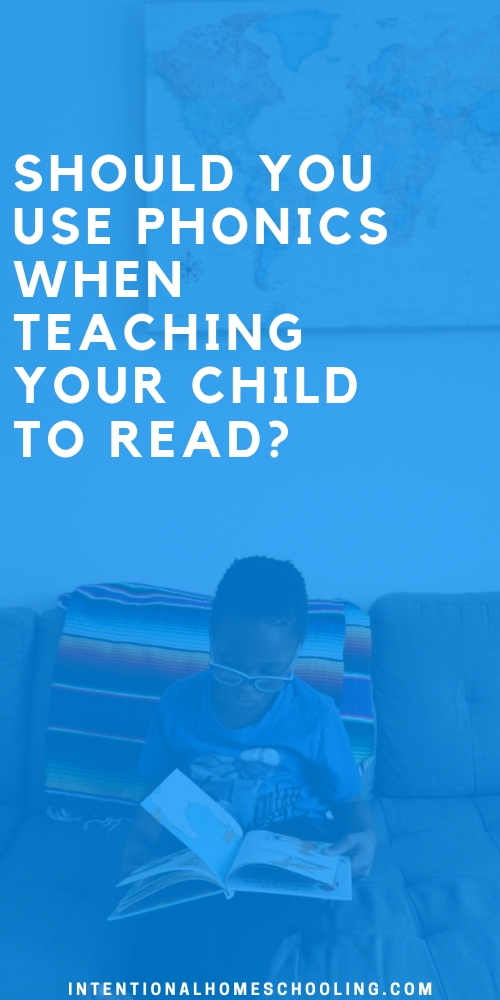
People often assume since I was educated as a teacher that means I know how to teach kids to read, but that couldn’t be further from the truth. Let’s just say, nothing I learned in university has helped me with homeschooling. (Other than realizing that the school system is not where I wanted my kids to be.)
When it was time for Raeca to start learning to read I picked up the book Teach Your Child to Read in 100 Easy Lessons, I had come across it somewhere on the interwebs and since it was only $15 it seemed like a no-brainer. I’ve always maintained that this book is boring but it works. While this post may contradict that a bit, I guess now I would say the book is dry but it does teach phonics.
I used the book for both of my kids, with Raeca we did about 80 of the 100 lessons before she was reading on her own and I’ve done about 65 lessons with Ephraim and we are taking a break from TYCTR, we may come back to it but at this point he needed some supplementary reading.
Before I go any further, let me just mention that Teach Your Child to Read in 100 Easy Lessons is a phonics based approach to reading. And I feel like I’ve now learned that just teaching phonics is enough for some kids but some kids need more.
But at the beginning I did not really know about different ways of teaching reading apart from phonics so that’s why I went with a phonics based approach.
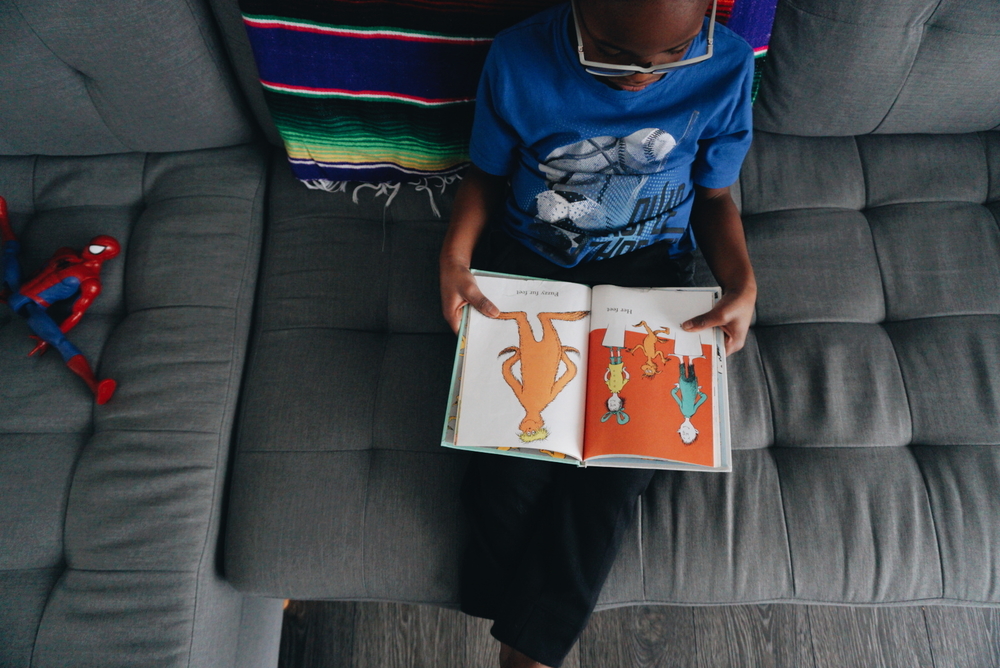
WHOLE LANGUAGE LEARNING
It wasn’t until I read Reading Magic that I learned about whole language teaching. Even then, it wasn’t until a few years after reading the book for the first time and a few months after reading it a second that I really felt like I grasped what whole language teaching was.
I assumed that every child had to be taught to read through teaching phonics. And while I still do think that phonics is important to know, it wasn’t until Ephraim hit a bit of a wall with the phonics based approach that I began to consider something else.
HITTING THE PHONICS WALL
It took me quite a while to realize that Ephraim had hit a wall with phonics. I assumed he just needed more practice but it was frustrating to hear him sound out every single word, especially when he had just read that exact word four words ago.
I started to notice that he was still sounding out words like “it” and “is” but was catching on to the bigger, sight words, first with said, then little, etc.
I thought those short words would click after continuing through TYCTR but it just wasn’t happening, that’s when I knew we needed to do something different.
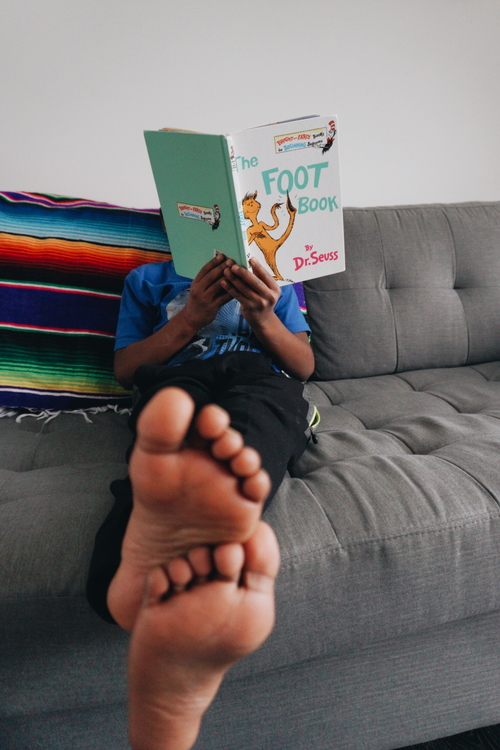
THROWING PHONICS OUT THE WINDOW, KINDA
Since Ephraim knew the phonics basics I was good with pretty much throwing it out the window. It’s the whole idea of knowing the rules and then breaking them. He knew how to sound things out and now he just needed to stop sounding everything out.
To help with that we entered the land of Elephant and Piggie.
Thank you, Mo Willms, for making our reading so much more fun! These books are silly, have quite a few pages but not very many words on a page and are repetitive enough for practice but not so much so that they become boring. He really is the modern day Dr. Seuss (who we also love).
HOW WE INCREASE FLOW AND FLUENCY AND REDUCE DISCOURAGEMENT
The part where Elephant and Piggie books are different than Dr. Seuss is there are some big, non-phonics in each books, the Elephant’s name is Gerald after all. #phonicsnightmare
To help keep the flow and fluency and keep discouragement to a minimum I generally jump in when a new “big” word is introduced or if there are words that are a current struggle.
I thought it might be helpful to take you along while Ephraim read an Elephant and Piggie book to give an idea of how much sounding out is being done and how much I help. The book he’s reading in this video he had read one other time so he knew what was happening but he didn’t have it all memorized – that’s the sweet spot when learning to read.
I do wish I would have angled the camera down a bit more for this video so you could see the book as he was reading. Sorry about that. #learning
I would love to hear how you approach reading, do you gravitate more towards phonics or whole language? Have you noticed a difference from one child to the other?
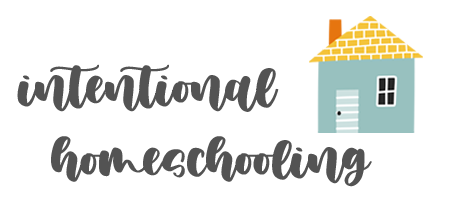
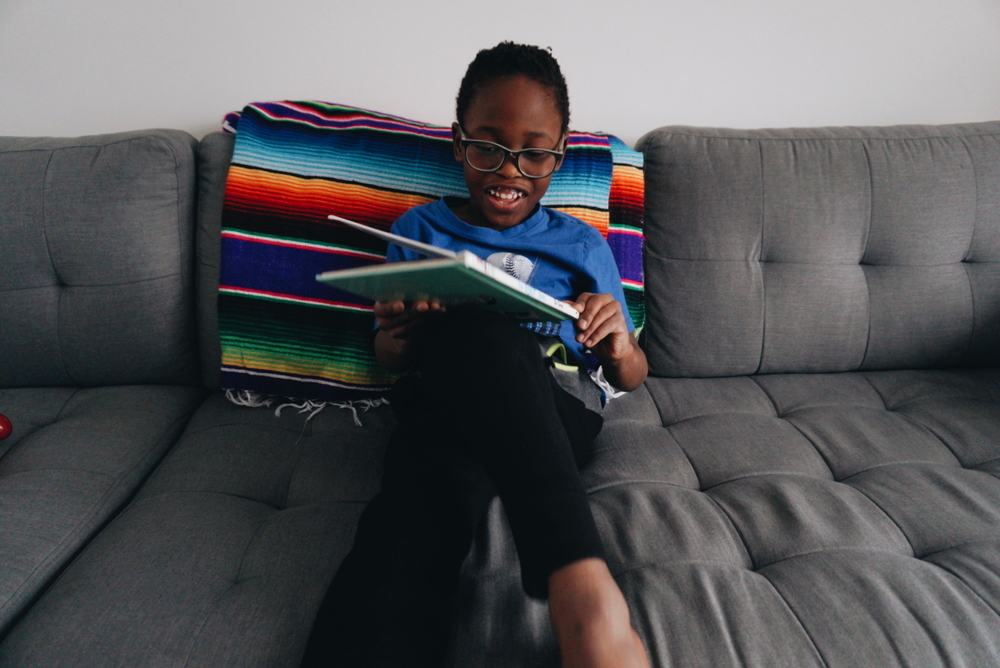
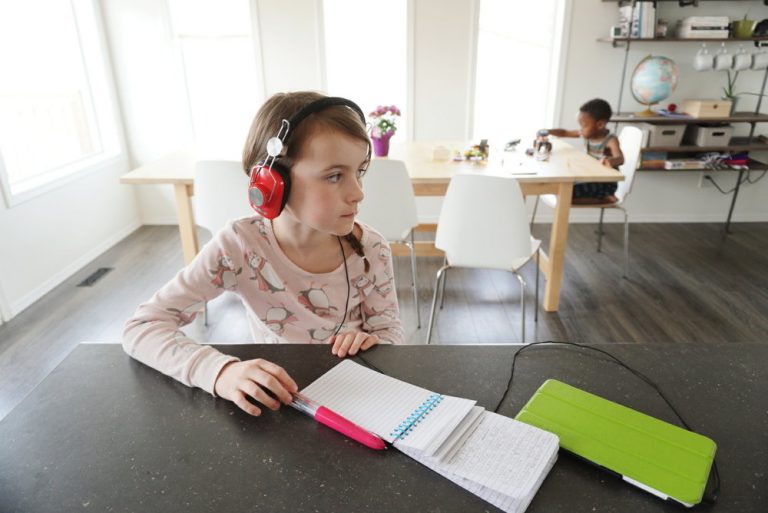
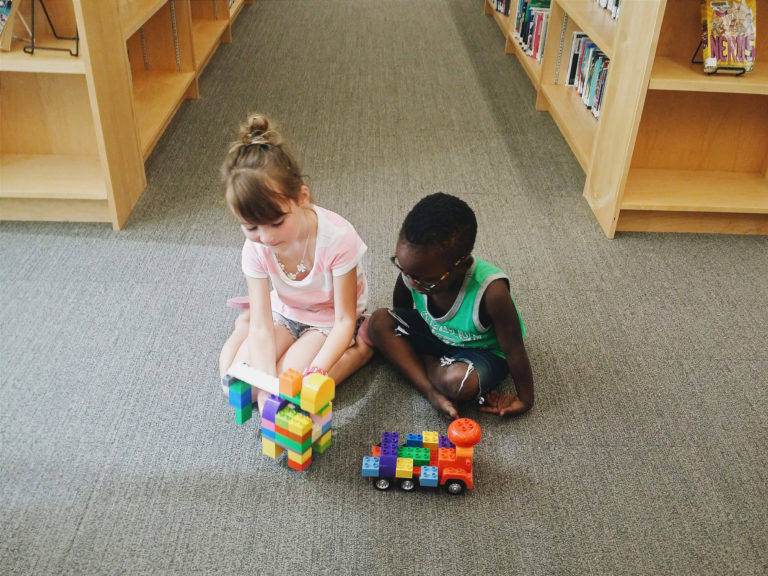
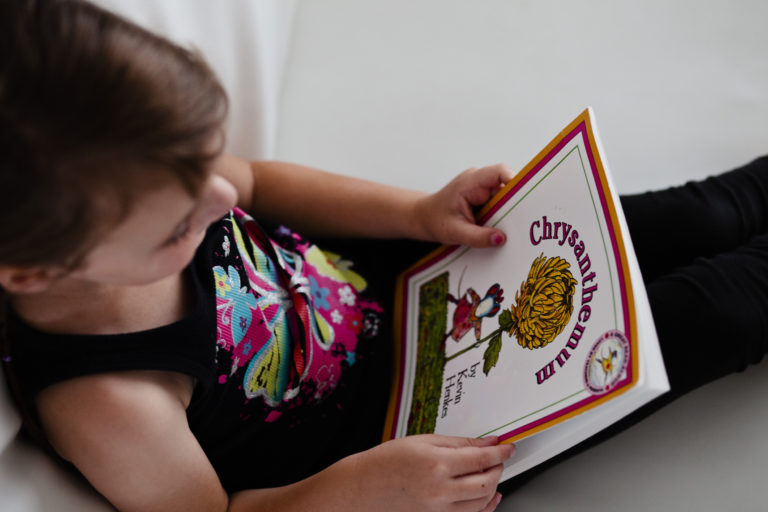
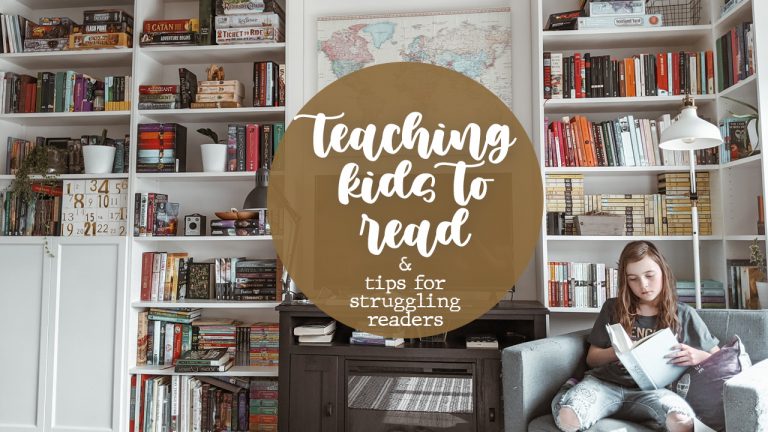
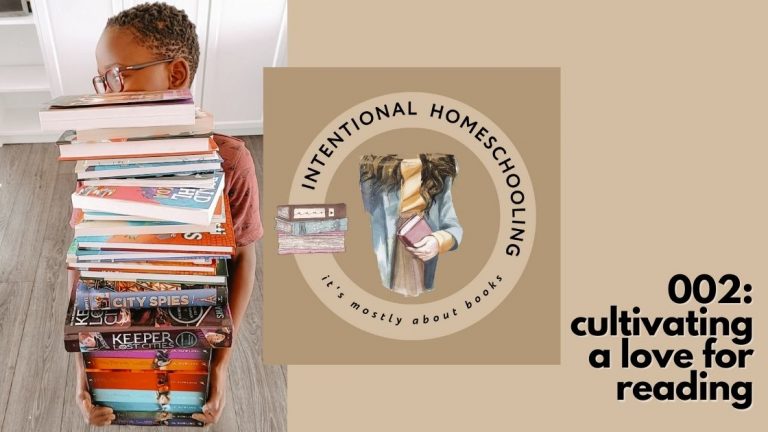
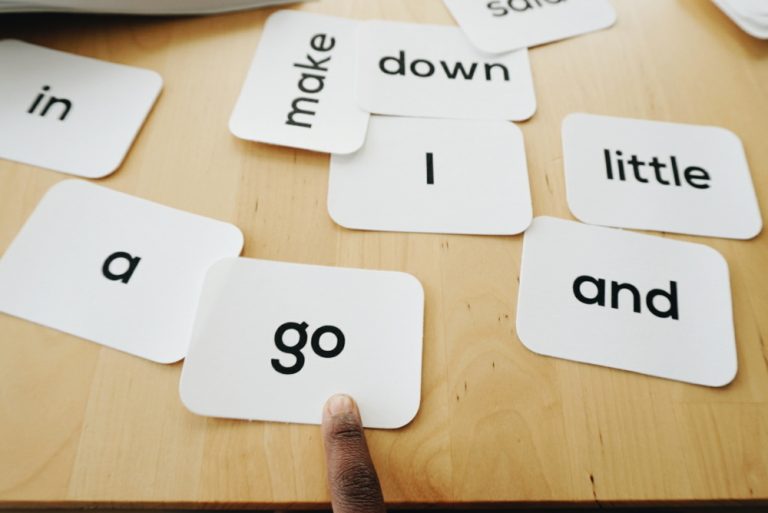
Lily also learned through to read through phonics, but Micah is a whole different ball game. He is whole language all the way. I slip phonics in but he doesn’t learn best that way.